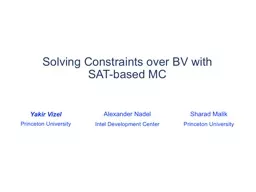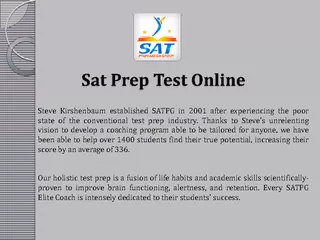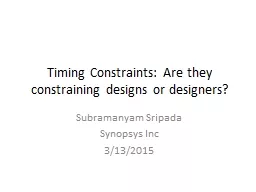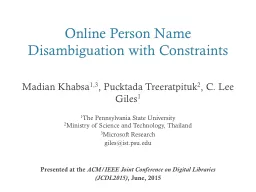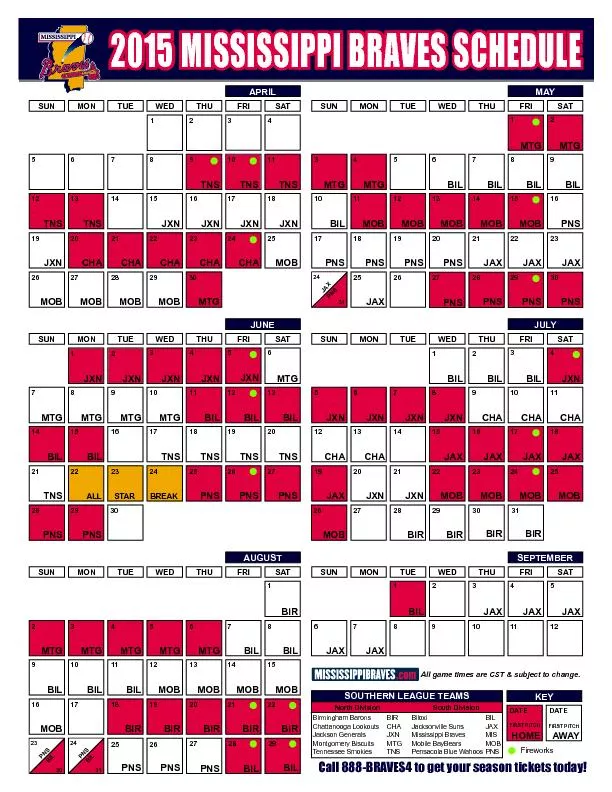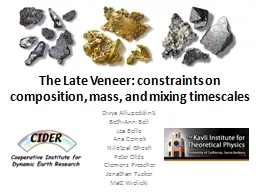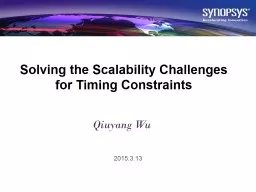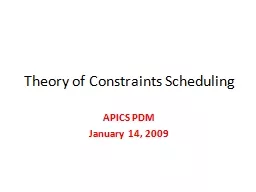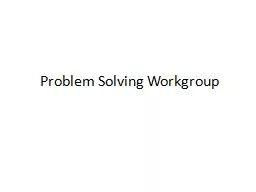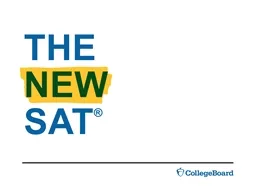PPT-Solving Constraints over BV with SAT-based MC
Author : alexa-scheidler | Published Date : 2018-01-06
Yakir Vizel Princeton University Alexander Nadel Intel Israel Sharad Malik Princeton University SMT Formula over a theory T SMT Solver for T 3 SAT UNSAT BVMC Formula
Presentation Embed Code
Download Presentation
Download Presentation The PPT/PDF document "Solving Constraints over BV with SAT-bas..." is the property of its rightful owner. Permission is granted to download and print the materials on this website for personal, non-commercial use only, and to display it on your personal computer provided you do not modify the materials and that you retain all copyright notices contained in the materials. By downloading content from our website, you accept the terms of this agreement.
Solving Constraints over BV with SAT-based MC: Transcript
Download Rules Of Document
"Solving Constraints over BV with SAT-based MC"The content belongs to its owner. You may download and print it for personal use, without modification, and keep all copyright notices. By downloading, you agree to these terms.
Related Documents

